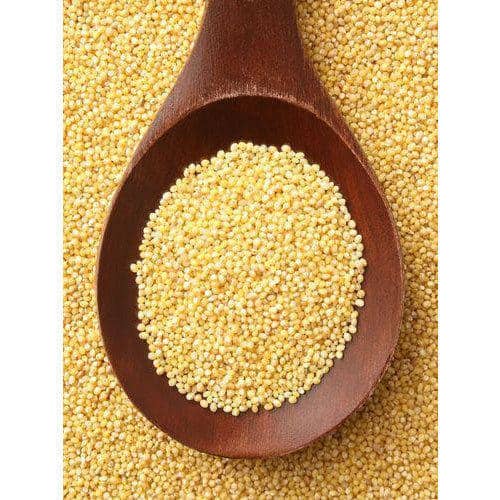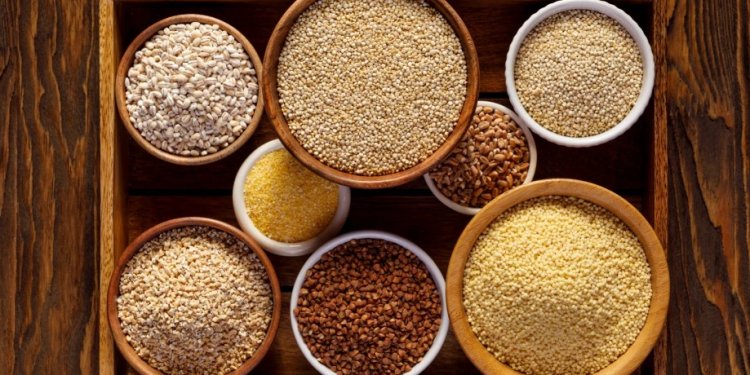Diabetes is a condition in which the body does not produce enough insulin or does not use insulin efficiently. As a result, the body cannot process food properly for energy. This can raise your blood sugar or blood sugar and lead to dangerous complications if left untreated. Millet is a very diverse group of small-seeded herbs, widely cultivated and grown worldwide as cereals or grains for fodder and human consumption. There is a belief that people with diabetes cannot eat sugar or carbohydrates like millet. Let’s find out how to eat millets for diabetes.
But while it’s true that people living with diabetes may need to pay more attention to their carbohydrate intake to control blood sugar, good carbohydrates may also help manage diabetes symptoms.
Millet and other whole-grain carbohydrates are high in fiber, minerals, and vitamins. They should be included in your diet if you have diabetes.
Nutrition facts about Millet
A single-cup serving (about 174 grams) of cooked millet contains:
- Sodium: 3.5mg
- Carbs: 41.2g
- Fat: 1.7g
- Sugars: 0.2g
- Fiber: 2.3g
- Protein: 6.1g
- Calories: 207
While anyone can benefit from the nutritional benefits of millet, it has been shown to be particularly beneficial for diabetes management, making it one of the best whole grains for blood sugar control. Millet is a good option for diabetes due to its high fiber content. Fiber helps slow digestion. This allows sugar to enter the bloodstream slowly, reducing the risk of blood sugar spikes.
Blood Sugar and Millet
Millet is a whole grain. That means it still has its outer layers, the bran, and germ. Food companies remove these layers to make refined grains like white flour. Because whole grains take longer for the body to digest, they don’t raise your blood sugar as quickly as refined grains.
Benefits of Millet for Diabetics
Various studies support, the idea that millet is good for controlling diabetes. In a reliable source study, it was shown that people with type 2 diabetes had improved:
- Glycemic Control
- Fasting Plasma
- Cholesterol
- Triglyceride Level
The researchers found that millet reduced the group’s hemoglobin A1c levels by 19.14 percent. A1C is a measure of your average blood glucose level over 3 months. Fasting glucose fell by 13.5%, cholesterol by 13.25%, and triglycerides by 13.51%. These results have led researchers to believe that taking millet could have a beneficial effect on glycemic control and improve cardiovascular risk factors.
When to see a doctor?
Some people with diabetes can effectively control their blood sugar through diet, exercise, and medication. However, if you continue to experience spikes in blood sugar, talk to your doctor and adjust your medication. . Ask for a referral to a diabetes nutritionist or diabetes educator.
This is especially important if you don’t know what foods to eat and what foods to avoid. These professionals can help you create a diabetes-friendly eating plan that will allow you to better control your blood sugar
while reducing your risk of heart complications.










